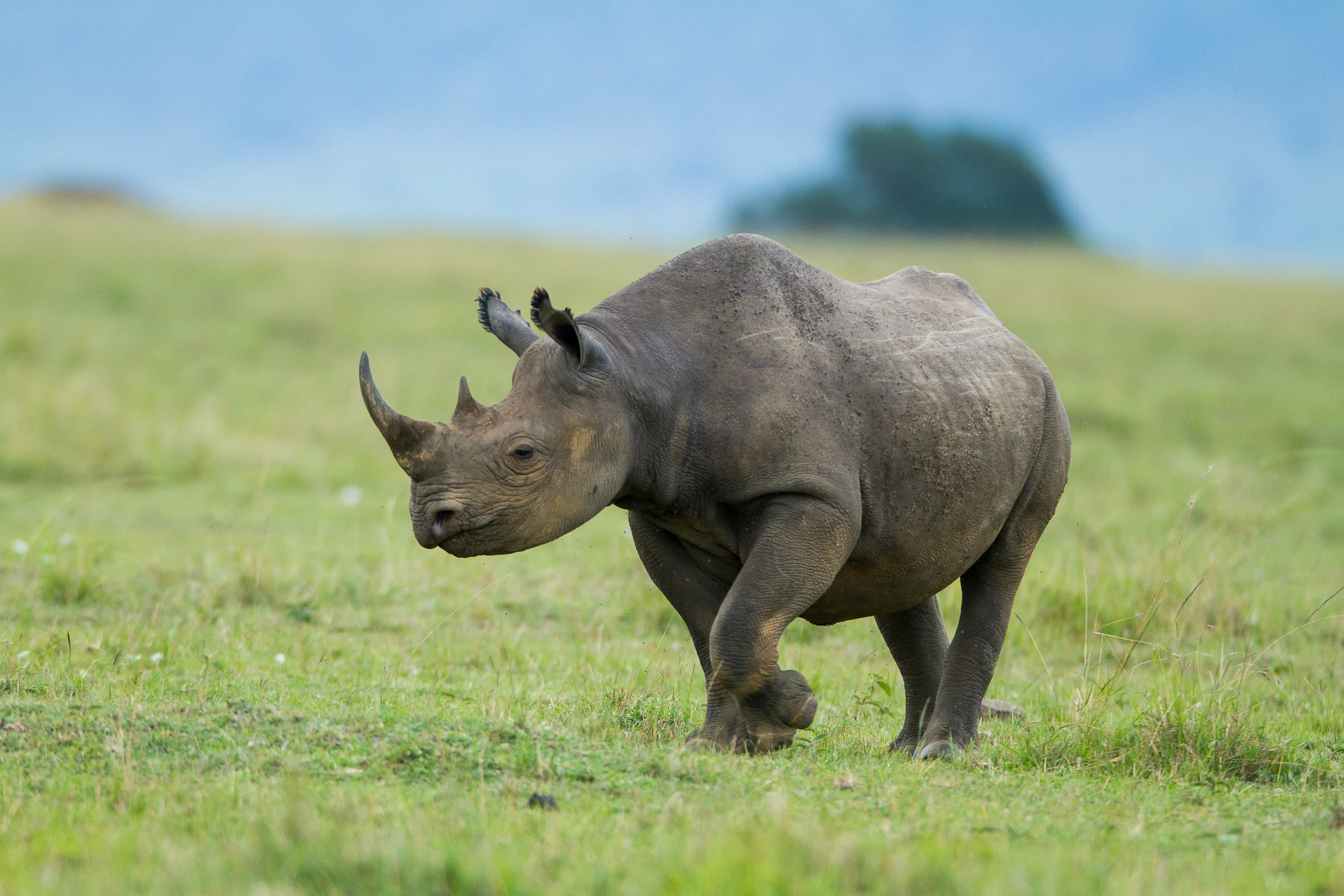
The Masai Mara Rhinos
Rhinos, short for rhinoceroses, are part of the family Rhinocerotidae and include five living species of odd-toed ungulates. In the Masai Mara, you’ll find the elusive black rhinos, which are smaller yet more aggressive than their white rhino cousins, typically found at Lake Nakuru. If you’re on a wildlife safari in the Masai Mara Game Reserve, you might catch a glimpse of these incredible creatures See Masai Mara Safari Packages. Kenya’s National Parks and Reserves are also great places to see them. There are usually between 35 and 50 black rhinos in the Masai Mara at any given time, with many roaming into the Serengeti as well.
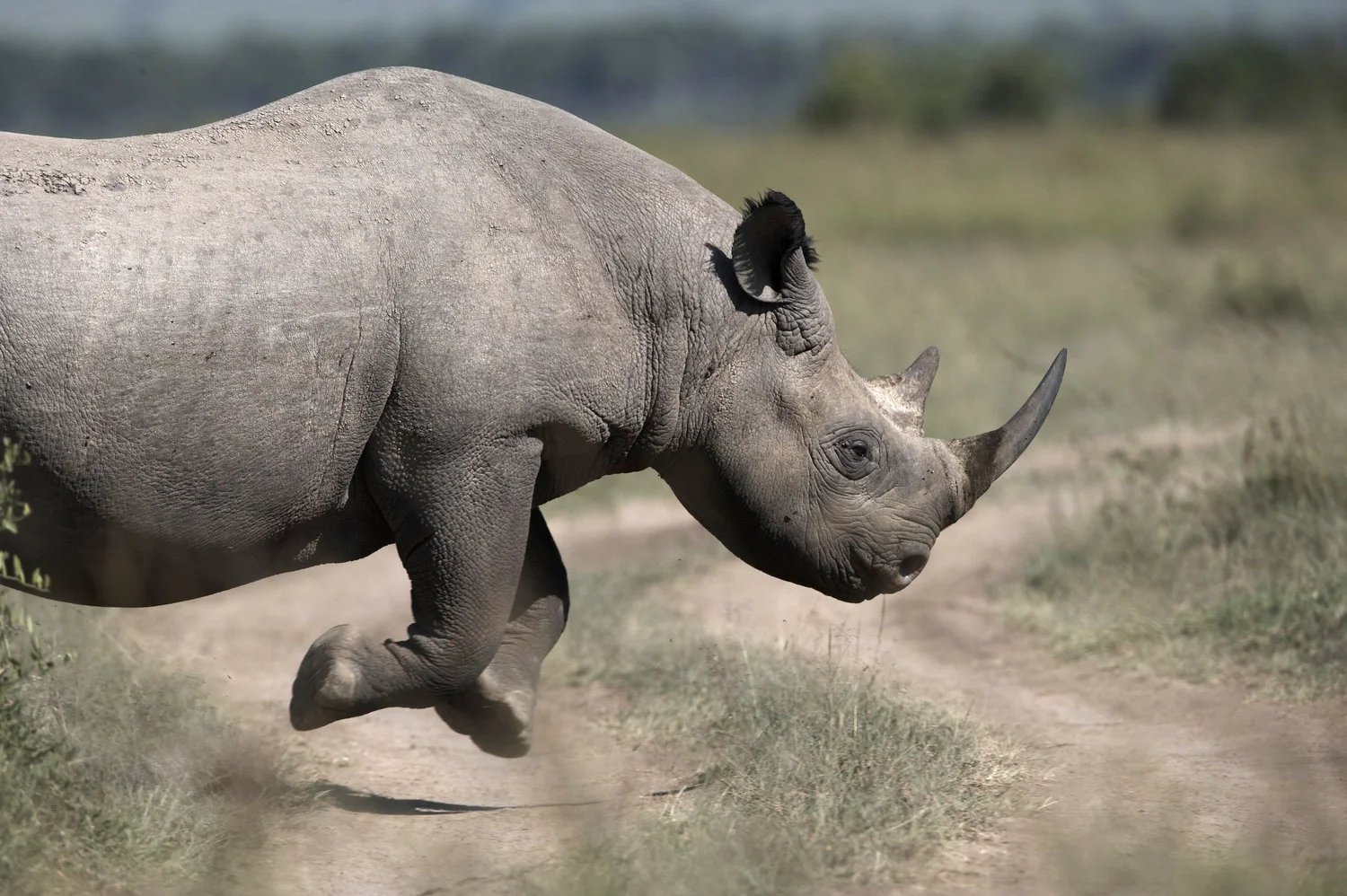
Black rhinos are generally solitary creatures, with the strongest bond existing between a mother and her calf. These majestic animals have home ranges that sometimes overlap, meaning they might share feeding grounds, wallows, and water holes with other rhinos. As browsers, black rhinos use their uniquely shaped upper lip, which is triangular and ends in a grasping point, to munch on a variety of vegetation. This includes leaves, buds, and shoots from plants, bushes, and trees. There is a great black rhino population in Masai Mara, these elusive black rhinos are a fascinating sight, embodying the wild beauty of the Maasai Mara National Reserve.
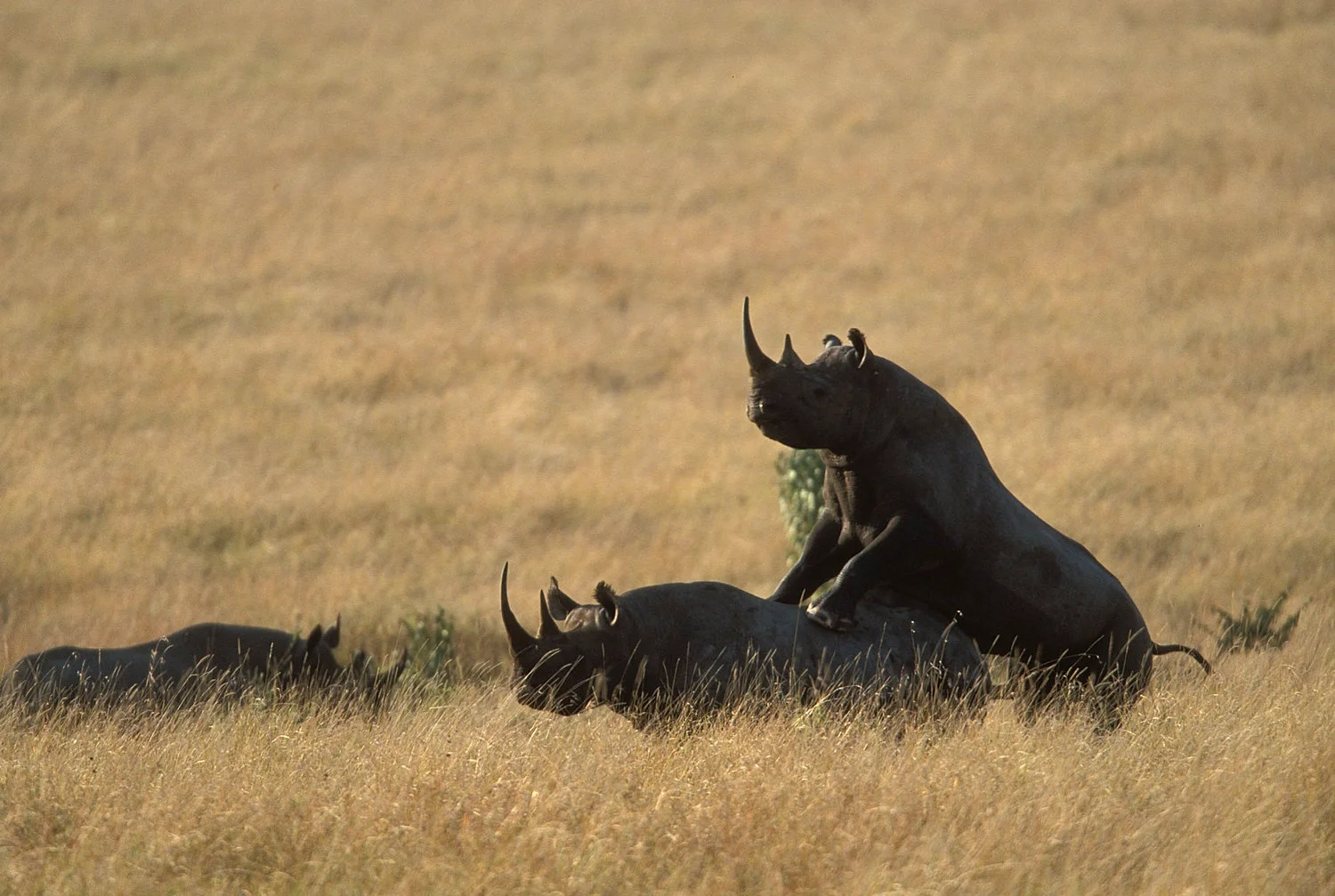
Black rhino mothers carry their babies for around 15 to 16 months before giving birth. These moms have only one calf at a time, and they have their babies every two and a half to five years. The young rhino stays with its mother until it is about three years old, learning how to survive on its own. In the wild, black rhinos can live up to 35 to 40 years.
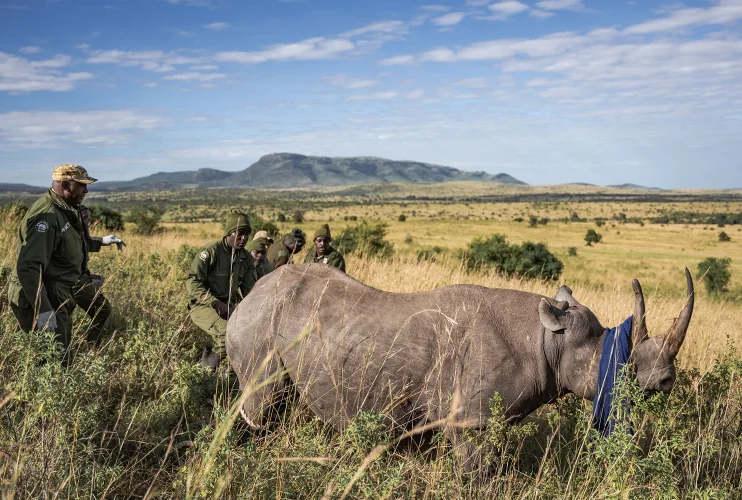
Rhinos may not see very well, which could be why they sometimes charge unexpectedly. Despite this, their sense of smell and hearing are excellent.
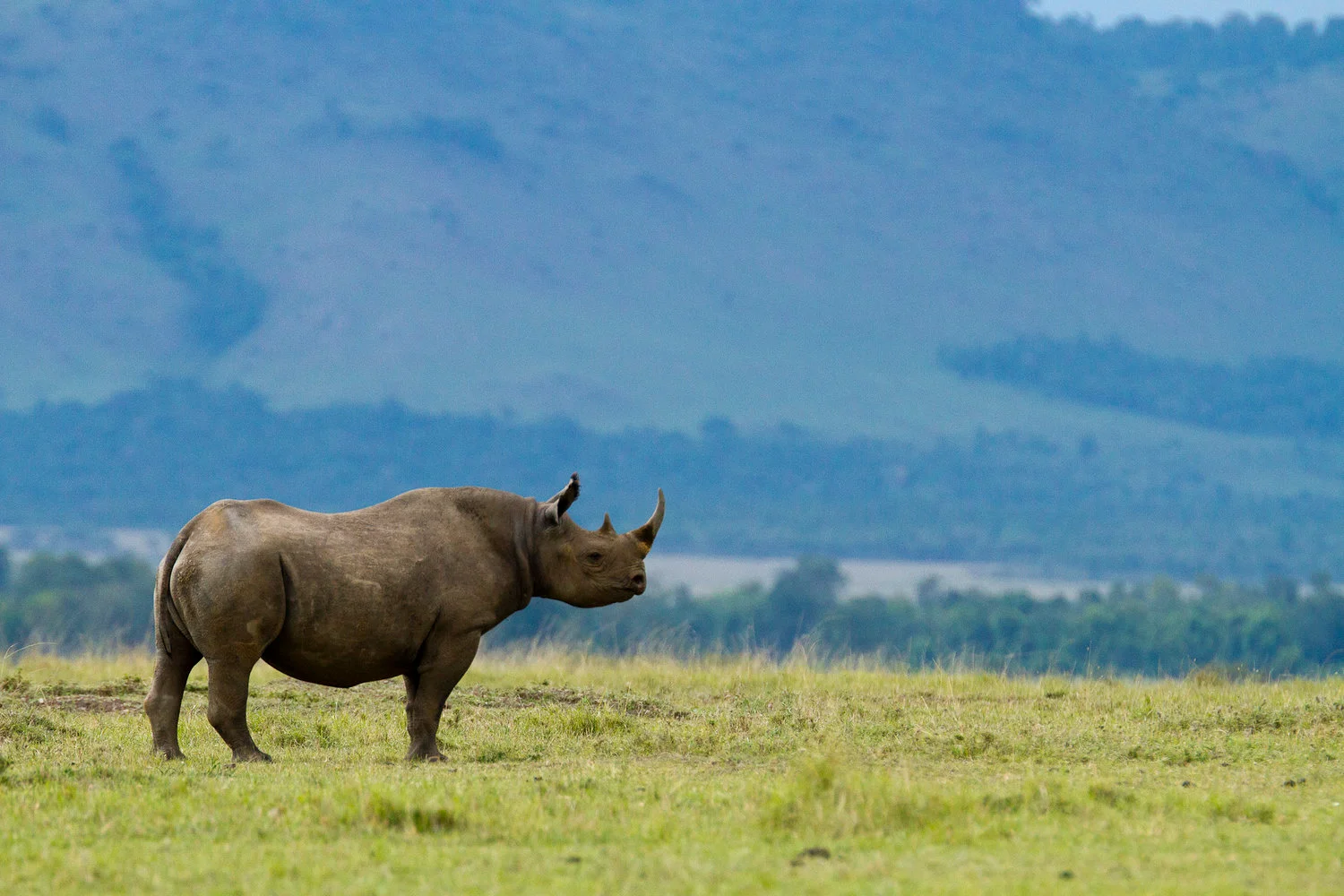
An adult black rhino is quite impressive, standing about 1.5 to 1.75 meters tall at the shoulder and stretching 3.5 to 3.9 meters in length. They weigh between 850 to 1,600 kilograms, though some can tip the scales at 1,800 kilograms. Females are generally a bit smaller than males. Both genders sport two horns made of keratin, with the front horn usually around 50 centimeters long, but it can reach up to 140 centimeters. Occasionally, a third smaller horn might appear. Compared to their larger cousins, the white rhinos, black rhinos are noticeably smaller.
